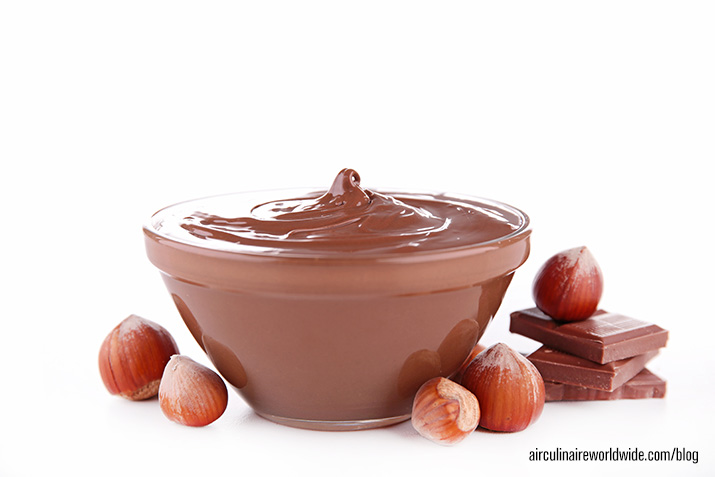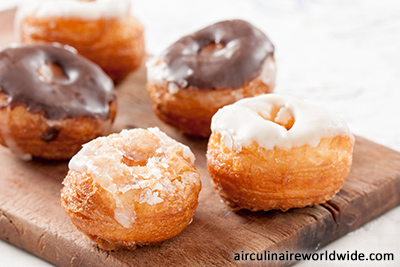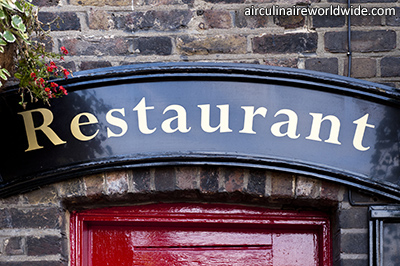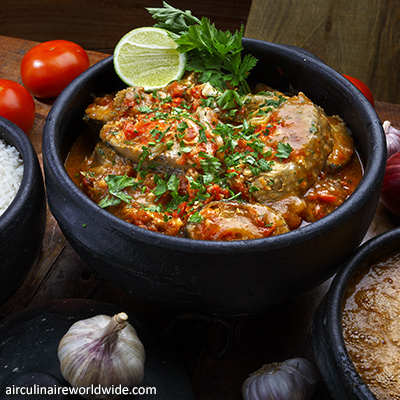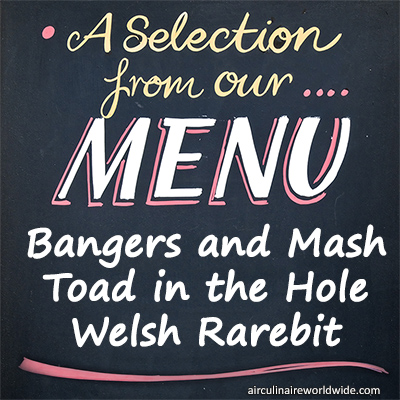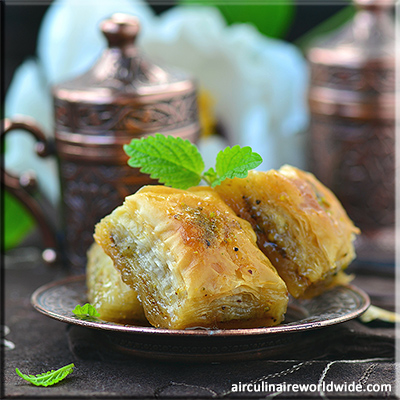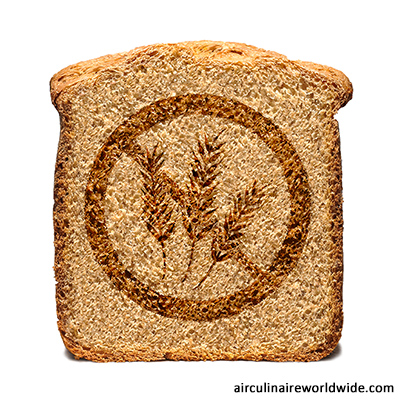Nutella is a hazelnut cocoa spread created by Piedmont, Italy confections company, Ferrero, in 1946. Due to rationing during World War II, there was a very limited supply of cocoa. Owner Pietro Ferrero cleverly found an answer to Europe’s appetite for cocoa by utilizing an 18th-century recipe of combining large amounts of hazelnuts, a bumper crop in the Piedmont region, with a small amount of cocoa and palm oil; creating the first batch of what would eventually become today’s Nutella. The world consumes about one half-billion pounds of Nutella each year, and around 25% of the world’s hazelnuts are used in the production of the chocolate spread.
Today’s Nutella is produced in multiple countries, using the same formula of cocoa, hazelnuts, skimmed milk, sugar, vanilla, whey powder and some kind of oil. There are various camps that pit the North American version (produced in Canada) versus the European version. There are a few differences in the packaging and the production; North American Nutella traditionally comes in plastic jars while the European version is in glass jars with a gold film. Some Nutella aficionados claim that the makeup of the jar affects the flavor of the spread. Other differences include the ingredients and amounts used in each version. The European version has a lower concentration of sugar and more hazelnuts, resulting in a nuttier flavor with less sweetness. The other ingredient change is the European version uses vegetable oil, while the North American version uses palm oil. It is thought that the palm oil used in the North American version contributes to the “runny” viscosity while the vegetable oil version produces a thicker consistency.
Regardless of which side you fall on, there is no doubt that the world loves this nutty chocolaty spread.
Questions?
If you have any questions about this article or flight crew culinary training, contact me at rpeterson@airculinaire.com. For questions about in-flight catering, contact weborders@airculinaire.com.
